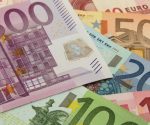Tourism study: time is running out for St. Maarten
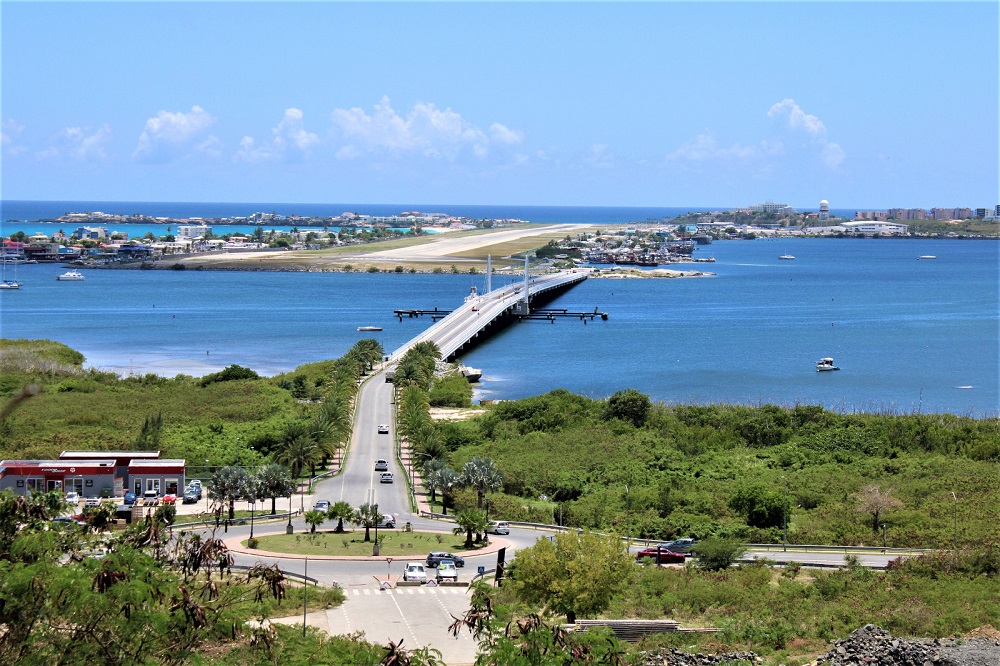
PHILIPSBURG / AMSTERDAM – Economist Arjen Alberts obtained his PhD at the University of Amsterdam on Monday. In a ceremonial setting in the Agnietenkapel he defended his thesis entitled “Small Island Tourism Economies and the Tourism Area Lifecycle; Why Aruba and Sint Maarten have exceeded their carrying capacity.” The study ought to sound the alarm at the government building among those responsible for kicking the island’s devastated tourism industry back in shape.
With the author’s permission, StMaartenNews.com published in July already part of the contents of the thesis. (see: Thesis: “Tourism industry exceeds carrying capacity”).
Watch online here: thesis presentation
In its conclusion, the thesis contains a dire warning: “In the absence of strong choices a prospect looms along the lines of the most negative of the post-stagnation life cycle scenarios, that of a catastrophic decline and a sudden conclusion to a once promising development model.”
Central to understanding the premise of Alberts’ thesis is the term carrying capacity. St. Maarten’s own study into this phenomenon dating back to 2004 defines the term as follows: “Carrying capacity is usually interpreted as referring to the level of visitor activity that an area can accommodate without adverse effects on the natural environment, the resident community or on the quality of visitor experiences.”
The study shows that St. Maarten has exceeded this carrying capacity, that the government has known this for a long time and that, in spite of this, no action was taken to change course.
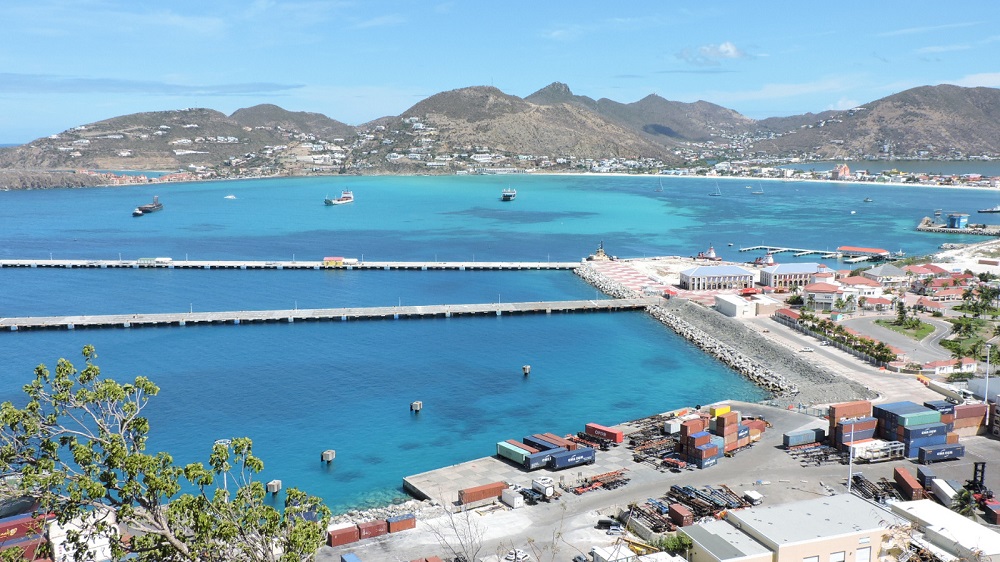
The development of St. Maarten as a tourism destination gained momentum after the 1958 Cuban revolution when US-based hotel and casino businesses went in search of alternative destinations in the Caribbean.
But the potential of St. Maarten as a tourism destination was already recognized immediately after the end of the Second World War. A report from 1953 positioned the island as a destination for yachting, fishing and sports flying, while economist Henriquez mentioned the discovery of St. Maarten by American tourists from the neighboring US Virgin islands.
In 1955, Little Bay Hotel was the first resort to open its doors for tourists. Already then the island government led by Claude Wathey went easy on foreign investors. This laissez-faire approach resulted in the construction of the Mullet Bay Resort on the Dutch side of the island, while it was originally designed as a project for the French side.
Between 1969 and 1976 the island’s tourism industry was on a roll. The number of visitors increased tenfold and the number of guest nights went up by a factor five. These numbers were the result of a construction boom that saw hotels like Mullet Bay, Concord, Little Bay and Great Bay come into being.
Government advisor and economist Tjoa maintained at the time that the choice for a one-sided focus on tourism was correct. He rejected the concept of diversification.
But Tjoa was also one of the first to point out the downsides of a one-pillar tourism economy. He referred to massive immigration that would result in pressure on the housing market and to capacity problems in education and other services.
But worry about these factors the government did not. Business was good and besides, the foreign workers came to the island for the high season and returned home at season’s end.
In a report published in 1979 Bussink and Jansen advised to suspend tax holidays for new hotels. They characterized the island government as “extremely low profile” in terms of policy and administration of the economy. “Apart from a laissez-faire ideology, the authors attribute this to possible – improper – conflicts of interest.”

Who benefitted from the early tourism boom? Alberts found, from the 1979-report that according to Bussink and Jansen, that only the wage sum contributed to the economy – and only partially because many foreign workers sent part of their earnings back home.
Decline set in towards the end of the seventies when the Mullet Bay Resort closed temporarily, to open in 1980 again under new management. Alberts found five respondents who said this was the tipping point in St. Maarten’s tourism product; it shifted from quality to quantity.
Here another factor came into play: the birth of the timeshare industry. “Timeshare sales in that era worked best in a market with established stay-over tourism with a high number of repeat guests who would be interested in buying a timeshare, exactly the situation in St. Maarten,” Albert writes.
A side-effect of the timeshare boom was that it reduced the need for marketing because timeshare-owners were a captive audience. “This neglect of marketing damaged the island in the long run.” Existing hotels jumped on the bandwagon and turned part of their inventory into timeshare units.
In 1995 the island government realized that something was wrong. In its draft Multi-Annual Policy Plan, the government wrote: “In Sint Maarten, the negative external effects of an impressive economic, i.e. touristic development, are obvious and they all relate to one phenomenon: overexploitation. Overexploitation of nature, of infrastructure, of human resources combined with too little attention to a strategy of controllable continuity and renewal of resources.”
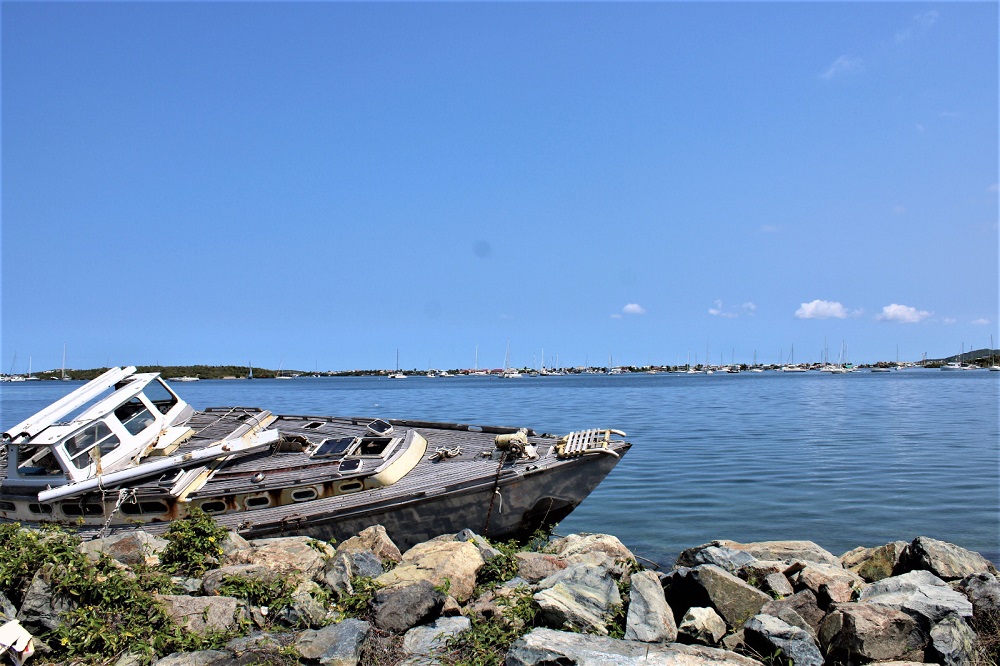
While Hurricane Luis put the Multi-Annual Policy Plan to bed, the government did come back a couple years later with a new plan that focused on quality over quantity, carrying capacity and quality of life. “Mass tourism at the expense of the quality of life is not endorsed by government. Instead, government will adopt a policy of managed growth. … In addition, issues such as the carrying capacity of the environment, the level and type of infrastructure and the labor requirements will be studied.”
This report, published in 1997 also refers to the strained relationship between locals and immigrant workers. It acknowledges that growth would not have been possible without the import of foreign labor. “However, this had and continues to have consequences.”
“A paradox of tourism is that the industry carries within it the seeds of its own destruction. Successful development of a resource or amenity can lead to the destruction of those very qualities, which attracted visitors to it in the first place.” This is an observation from the 2004 TCCI-report.
Albert notes that 70 percent of St. Maarten consists of immigrants, a number that goes down to 56 percent if those born in French Saint Martin and on any of the islands of the former Netherlands Antilles are included.
All in all Alberts concludes, time is running out for St. Maarten as a Small Island Tourism Economy (SITE). Unless solutions are found “the combination of demographic and carrying capacity pressure, the end-of-lifecycle product and a lack of productivity may send both islands (the study is also about Aruba) into a downward spiral that will (….) cause the collapse of a once successful island development model.”
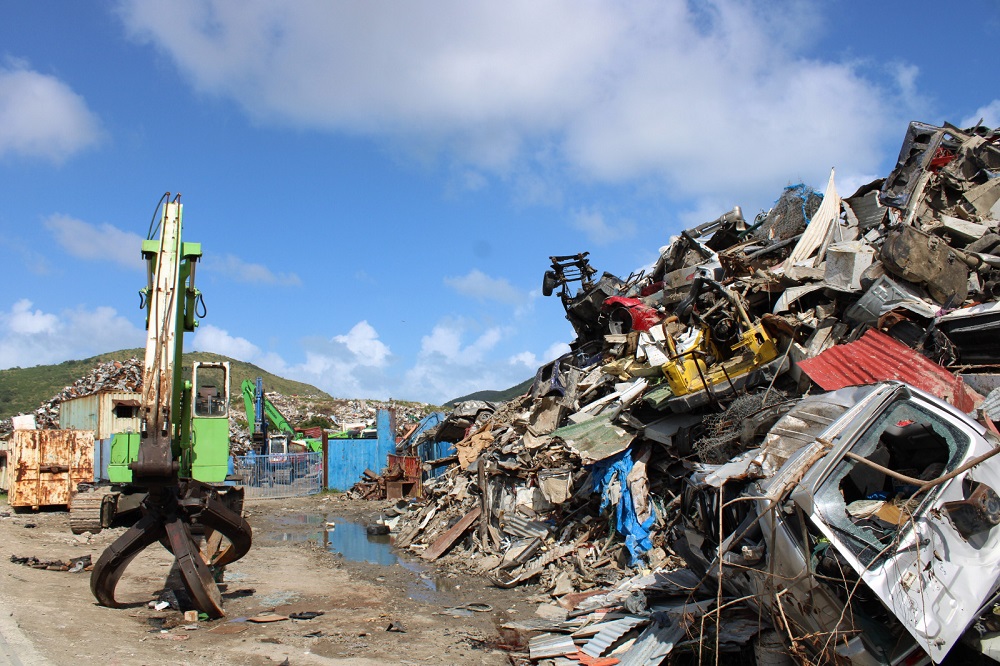
###
Related articles:
Online presentation of thesis & Thesis Defense Arjen Alberts
THESIS: “Tourism industry exceeds carrying capacity”
St. Maarten informal economy grounded to a halt
















